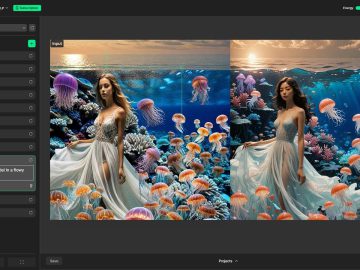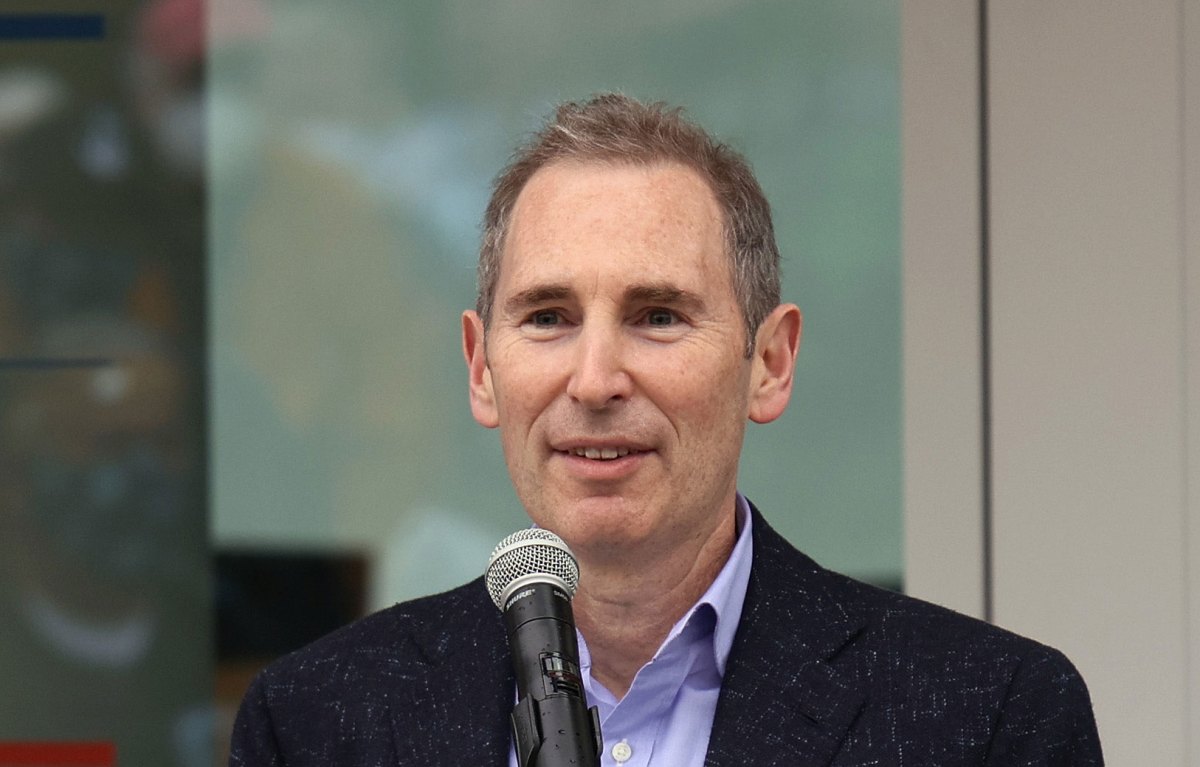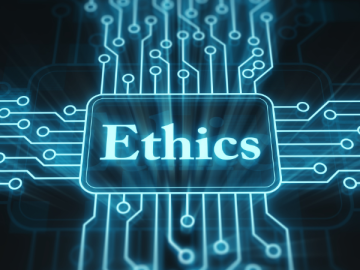Artificial intelligence is rapidly transforming the landscape of video editing and content creation, with platforms like Minimax and Runway at the forefront of this technological revolution. These AI-powered tools are not just enhancing existing workflows; they’re opening up entirely new avenues for storytelling and visual expression. Let’s provide more insight into the latest developments from these platforms and explore their potential impact on the film industry.
Minimax: Bridging the Gap Between Still and Moving Images
Minimax has recently unveiled a new feature that allows users to convert static images into dynamic videos. This innovation represents a significant leap forward in content creation, offering storytellers a powerful new tool to bring their visions to life.
- Convert still images to short video clips
- Expand creative possibilities for visual storytelling
- Ideal for social media content and short-form videos
While Minimax’s image-to-video conversion is impressive, it’s worth noting that the platform still trails behind Runway in terms of animation quality and frame rate. However, the introduction of paid plans suggests that Minimax is committed to refining its offerings and expanding its capabilities to meet user demands.
Minimax vs Runway
Here are a selection of other guides from our extensive library of content you may find of interest on the subject of AI video generation :
Runway’s Gen 3 Turbo: Redefining Video Transitions
Runway’s Gen 3 Turbo model is pushing the boundaries of what’s possible in video editing with its advanced frame interpolation technology. This feature enables creators to generate smooth, seamless transitions between video frames, opening up a world of possibilities for unique scene transformations.
- Create fluid transitions between disparate scenes
- Generate intermediate frames for smoother animations
- Suitable for both beginners and professional editors
Runway’s tools exemplify how AI is democratizing content creation, providing both novice and experienced filmmakers with powerful capabilities that were once the domain of high-end production studios.
The Broader Landscape of AI Video Tools
While Minimax and Runway are making waves, they’re not alone in the AI video editing space. Other tools are gaining traction and offering unique features:
Meta’s MovieGenin stands out with its text-to-video capabilities and personalization options, making it particularly suited for creating social media content. The addition of AI-generated sound effects further enhances the storytelling potential of these tools, meeting the growing demand for engaging, multi-sensory content.
Haen’s 3.0 avatars represent a significant advancement in AI-driven video personas. While achieving truly lifelike results remains a challenge, these avatars highlight the industry’s push towards greater personalization in digital content. Continuous refinement of these technologies is crucial for creating more realistic and engaging AI-driven characters.
Flux 1.1 Pro is making waves with its ability to generate highly realistic images at impressive speeds. This model rivals established platforms like Midjourney, offering creators a powerful tool for producing high-quality visuals efficiently. The advancement of Flux 1.1 Pro reflects the broader industry trend towards more sophisticated and efficient AI-driven content creation tools.
The Rise of AI in Film Events and Competitions
The growing influence of AI in filmmaking is evident in the increasing number of AI film events and competitions. These platforms provide creators with opportunities to showcase their work and explore the artistic and technical possibilities of AI in storytelling.
- AI film festivals celebrating computer-generated content
- Competitions offering prizes for AI-assisted storytelling
- Genre-specific events, such as AI horror film contests
These events not only highlight the creative potential of AI in filmmaking but also foster a community of innovators pushing the boundaries of digital storytelling.
AI’s Growing Role in Professional Film Projects
AI-generated films and commercials are increasingly gaining recognition for their artistic merit and technical sophistication. These projects demonstrate the expanding capabilities of AI in professional filmmaking, challenging traditional notions of creativity and production processes.
As AI technology continues to evolve, we can expect to see more innovative and impactful projects emerge, blurring the lines between human-driven and AI-assisted content creation.
The Future of AI in Film
The rapid advancements in AI-driven video editing and generation tools, exemplified by platforms like Minimax and Runway, are reshaping the film industry in profound ways. These technologies are not just enhancing existing workflows; they’re creating entirely new possibilities for creative expression and storytelling.
As AI continues to evolve, its influence on the film industry is set to grow exponentially. We can anticipate more sophisticated tools, more seamless integration of AI into traditional filmmaking processes, and perhaps entirely new forms of visual storytelling that we have yet to imagine.
The future of filmmaking is undoubtedly intertwined with AI, promising a landscape of exciting possibilities for creators and audiences alike. As these technologies become more accessible and refined, they have the potential to provide widespread access to high-quality content creation, allowing a broader range of voices and visions to be brought to life on screen.
Media Credit: Curious Refuge
Filed Under: AI, Top News
Latest Geeky Gadgets Deals
If you buy something through one of these links, Geeky Gadgets may earn an affiliate commission. Learn about our Disclosure Policy.
Originally Appeared Here





